From skills, tradition, and heritage to activities of buying and selling, are we lost in definitions and the tangled web of descriptions?
Craft, Commercial or just Crap – do we know what we are drinking?
[TL; DR[i]] – Yeah, Nah mate
We Brits love our cider – the UK is the world’s highest per capita consumer of cider, followed closely by South Africa and the USA[ii]. Our market share is 31.1% of international cider volume. That is a lot of cider!
Germany is faring slightly worse in 2022: they moved down to place number 9, from the previous year’s 8th place, but are still up from 2020’s number 10 spot – still knockin’ ‘em back tho 😊
Some of this cider is sold and consumed as Craft Cider, Traditional Cider, Real Cider, Proper Cider and Artisanal Cider, but not as Commercial or Industrial Cider…. curiouser and curiouser, or maybe not, let’s find out.
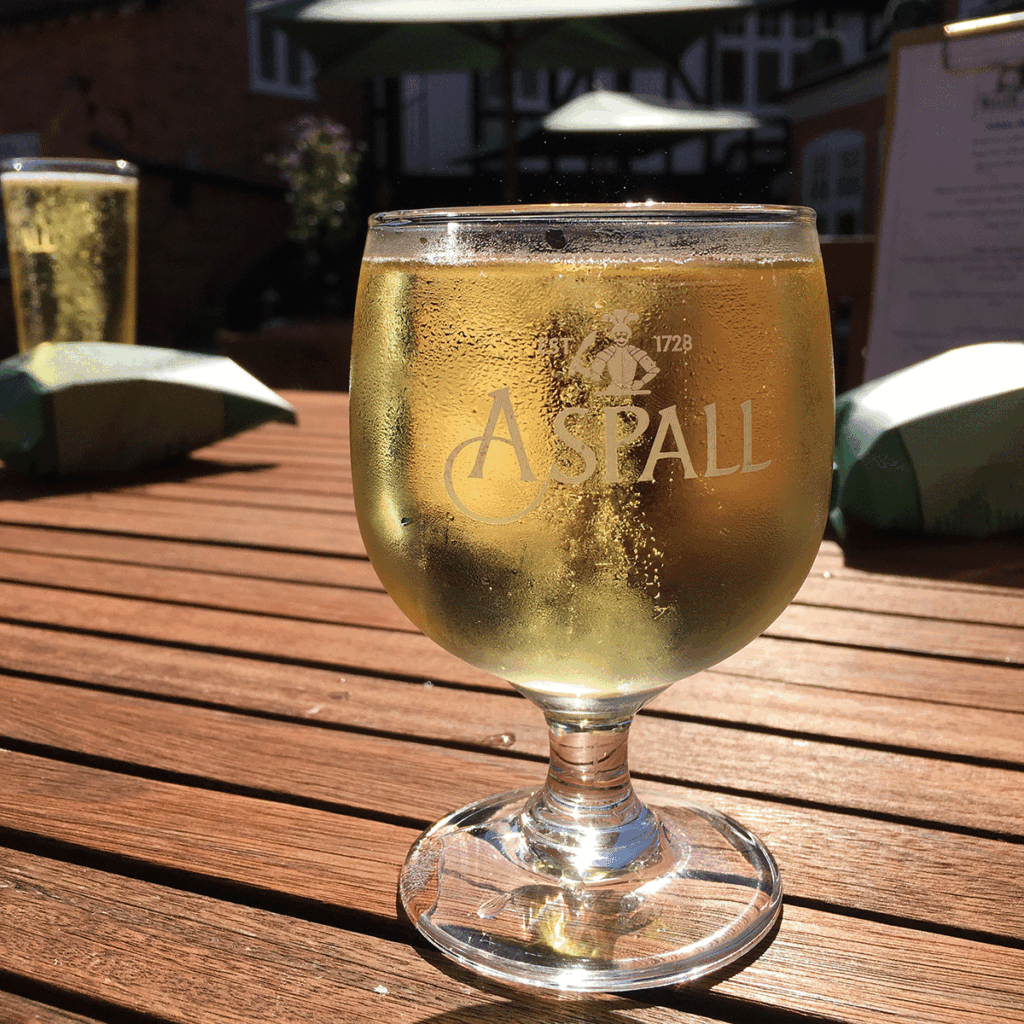
As you may know by now, my first language isn’t English, and because of that I have always been curious about how words play together and what I could tease out of them beyond the accepted definition. During my undergrad days I spent months investigating Hi/Stories, but that’s definitely another post.
Taking the word commercial as an example, Collins Dictionary defines it as
[…] involving or relating to the buying and selling of goods. […] Commercial organizations and activities are concerned with making money or profits, rather than, for example, with scientific research or providing a public service […][iii]
So, if I sell something, I am engaging in a commercial activity – money changes hands. If I make something and then sell it, it is considered commercial. If I gain in any way from something, be it directly financial or it results in some monetary gain down the line, the activity is commercial.
But what is craft?
Let’s open the dictionary again:
[…] You can use craft to refer to any activity or job that involves doing something skilfully […] If something is crafted, it is made skilfully. […][iv]
Ok, I use my skills to make something such as a wooden shelf, or maybe I write a novel, skilfully obviously. Terms understood… kinda…
Well, if we borrow the term for The Craft Beer Scene then surely any cider, which is the result of the cidermaker looking at the rule book, reading it, then tearing it up and creating something utterly different – Blueberry Pancake Kveik Gose anyone? – is a craft cider. Bearing in mind, that although Craft Beer is an accepted term, it was once rather loosely defined as
[…] beer that is made by independent breweries in small batches […][v]
So, hang on, is a cider, which was crafted by a cider maker, who has knowledge and skills acquired through years of practice, immersed in tradition and history, a craft cider?
Or, is a craft cider, a cider which follows a certain recipe along the lines of: cider maker wears checked shirt, has a beard, grows his own vegetables, showers in collected rainwater and recycles old bike tyres into handbags as a side hustle? Quips aside, what is a craft cider?
Short answer: craft cider is whatever you want it to be. Slightly longer answer: there are no rules or set definitions of what constitutes a craft cider (yet).
So, if you subscribe to a more traditional method of cider making and choose to ferment with wild yeast, you can call your cider craft. If you only source cider apples within a small radius from your production location, you can call your cider craft. If you forage for wild crab apples and mix them with single varietal juice, you can call your cider craft. If you buy your apples from an orchard on the most northerly facing cliffs across the country and ferment with a local wild yeast, you can call your cider craft. If you make a Pet Nat cider with donated eating apples and inoculate with a cultured champagne yeast, you guessed it, you can call it craft.
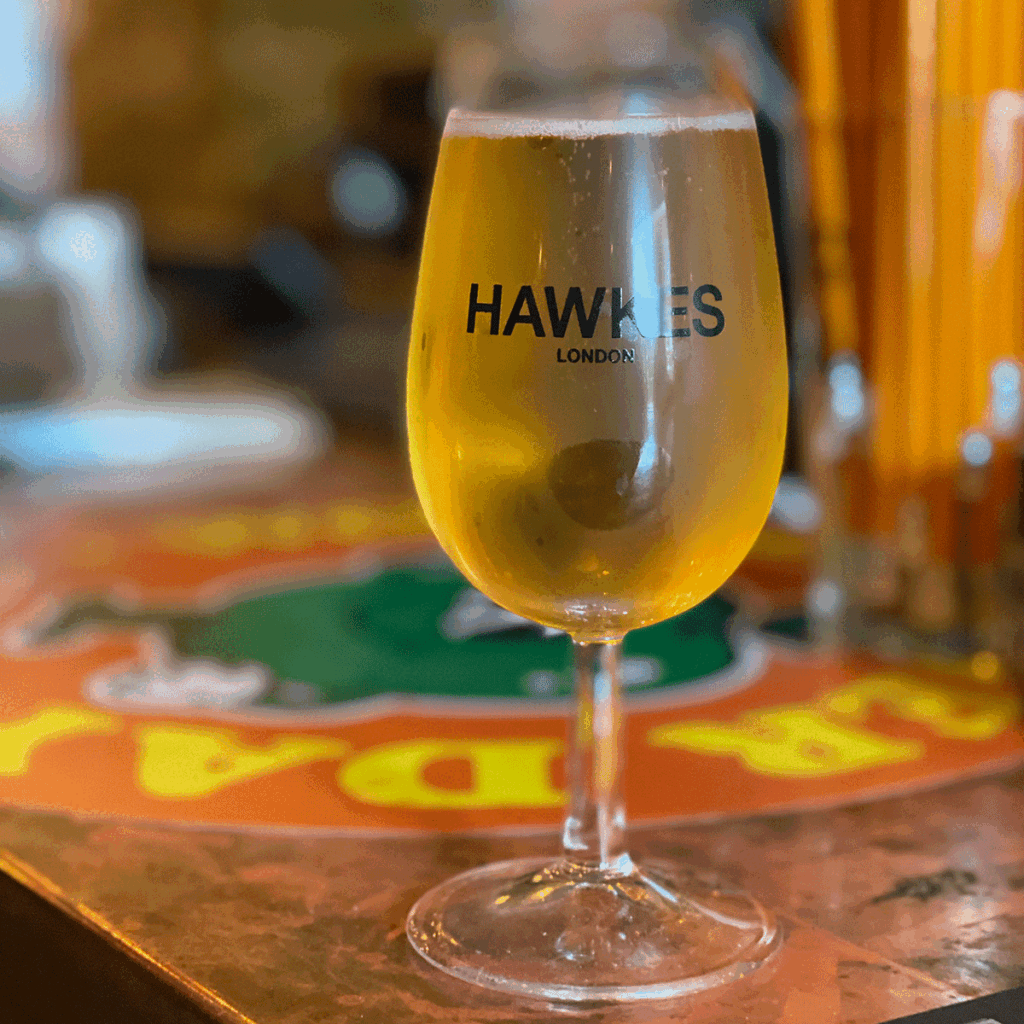
Would you call a cider a craft cider if you knew the orchard the apples came from?
And we haven’t even thought about co-fermented, flavoured and keeved cider, to mention a few others, yet.
Should we perhaps look in another direction? How about transparency? Would you call a cider a craft cider if you know the orchard the apples came from for example? Or, are you swayed by a label which tells you the names of the lovely folks you made your tipple? How about knowing the exact ingredients of a cider? Are you more inclined to buy a bottle which has an idyllic image of a quaint farm printed on the label? Do those cartoon rosy cheeks of the cider maker help you in deciding what to buy?
Granted, we’re moving into label design and advertising here, but it is worth making a mental note of this. However, let’s move back into cider making techniques:
Ever heard of the term chaptalisation?
No, not to worry, you can’t typically taste the result of this technique. You may have come across it in the wine world, but it is equally used in cider making: chaptalisation, named after the Frenchman Jean-Antoine Chaptal, is a technique where additional sugar is added to the pressed juice, so the yeast has more to eat, resulting in an increased or higher alcohol content after fermentation (in comparison to the unadulterated pure juice). The resulting cider can then be watered down to the desired ABV. As mentioned, the yeast gets hold of the extra sugar and will ferment it (hence the higher alcohol content), so the resulting liquid should not be exceptionally sweet, but that depends entirely on you and your preferences, knowledge and, possibly, taste buds.
But please don’t confuse this with back sweetening a cider or producing a sweet(er) cider[vi].
Back sweeting is a technique used to add sweetness to the already fermented drink before packaging. This may be done if the cider has fermented bone-dry (the yeast has literally used up all the sugars – greedy little things, eh?) but the maker wants a little more sweetness back in the finished product. But back sweetening is not simply getting the sugar jar out and spooning the stuff in. This technique actually involves two processes: first halting the fermentation process (remember the yeast wants the sugar) and secondly adding sugar (which, because we stopped the fermentation, won’t be consumed) – result: sweet(er) cider.
Stopping the fermentation is crucial if the product gets packaged, as the yeast will otherwise continue to make alcohol and CO2 which could end up in exploding vessels if not careful.
Sweeter cider can be produced using various techniques, including back sweeting with natural sugars and/or artificially created sweeteners which will not ferment, think Xylitol, Erythritol and the sorbitol in good old pear juice.
Another technique is called keeving (think French cidre). In a nutshell, this process involves removing most or all nutrients from the cider, so the yeast hasn’t got enough food to do its thang. There is slightly more to it, so keep an eye out for ”K is for Keeving” in the future.
Keeving is a long cider making technique which involves stopping the yeast eating all the natural sugars.[vii]
In terms of chaptalisation, cider makers may use this to achieve consistency, such as always wishing to sell a 6% ABV cider for example, or they may use it because they want to stylistically alter the finished product.
As with anything, adding extra sugar, or other ingredients is governed by law, so tax can be applied accordingly.
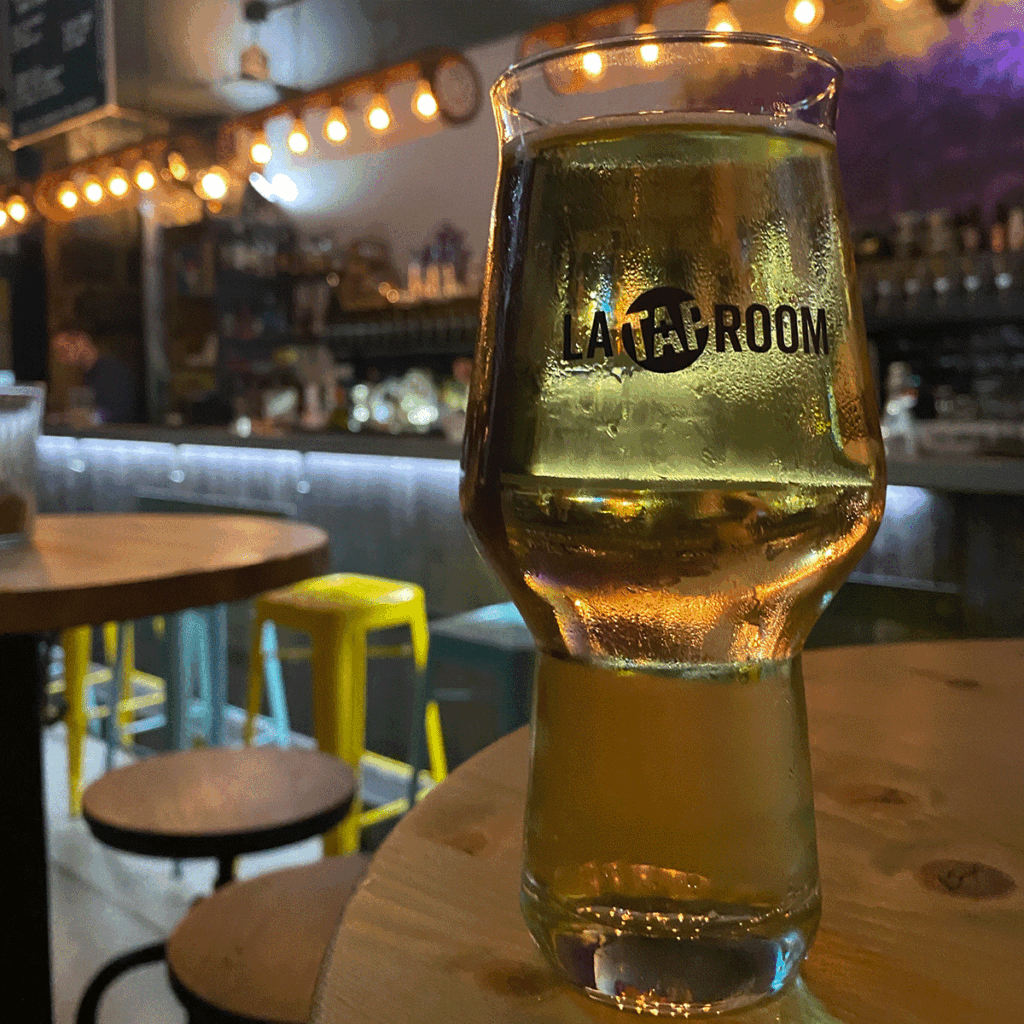
Some permitted sugars and sugar syrups include[viii]:
· high fructose corn syrup or high fructose syrup
· fructose Hydrolysed starch or hydrolysed starch syrup
· glucose
· liquid sugars
· sucrose
· Sugar
This cider is made of apple juice from concentrate, water, sugar, and sodium metabisulphite
Time for some fun – picture five bottles of cider on a table:
A look at the first cider and its label tells you that the liquid contains carbonated water, fermented apple juice, sugar, flavouring, juice from other fruits and berries, citric acid (E330), potassium sorbet (E202) and sulphite (E224)[ix].
The second bottle contains almost a mini essay of ingredients: water, apple juice (from concentrate), sugar, fruit juices (from concentrate: sour cherry juice, lime juice, elderberry juice, blueberry juice, strawberry juice, raspberry juice), acid: citric acid, food colouring (concentrate from carrot), natural flavourings, antioxidant: sodium metabisulphite[x]
The next label shows you that the cider is made of apple juice (from concentrate), water, sugar, antioxidant: sodium metabisulphite[xi].
The fourth bottle states that the liquid inside is the result of English cider apple juice, water, sugar, carbon dioxide, malic acid, preservative: potassium metabisulphite[xii].
And on the last bottle the label lists that the liquid inside is fermented Dabinett apple juice and trace sulphites[xiii].
And all that liquid in those five bottles is legally classed as cider in the UK. All five bottles are sold as cider. Although some ciders on the list contain almost double the sugar per volume than others – and I’m not necessarily talking about the sugar content present in the raw apple juice, but no discernment here 😊 This is a judgement free zone.
However, if you are good at reading between the lines, you will have noticed that chaptalisation may not be seen as die-hard craft by some more traditionally inclined makers. Sounds a bit mainstream, doesn’t it?
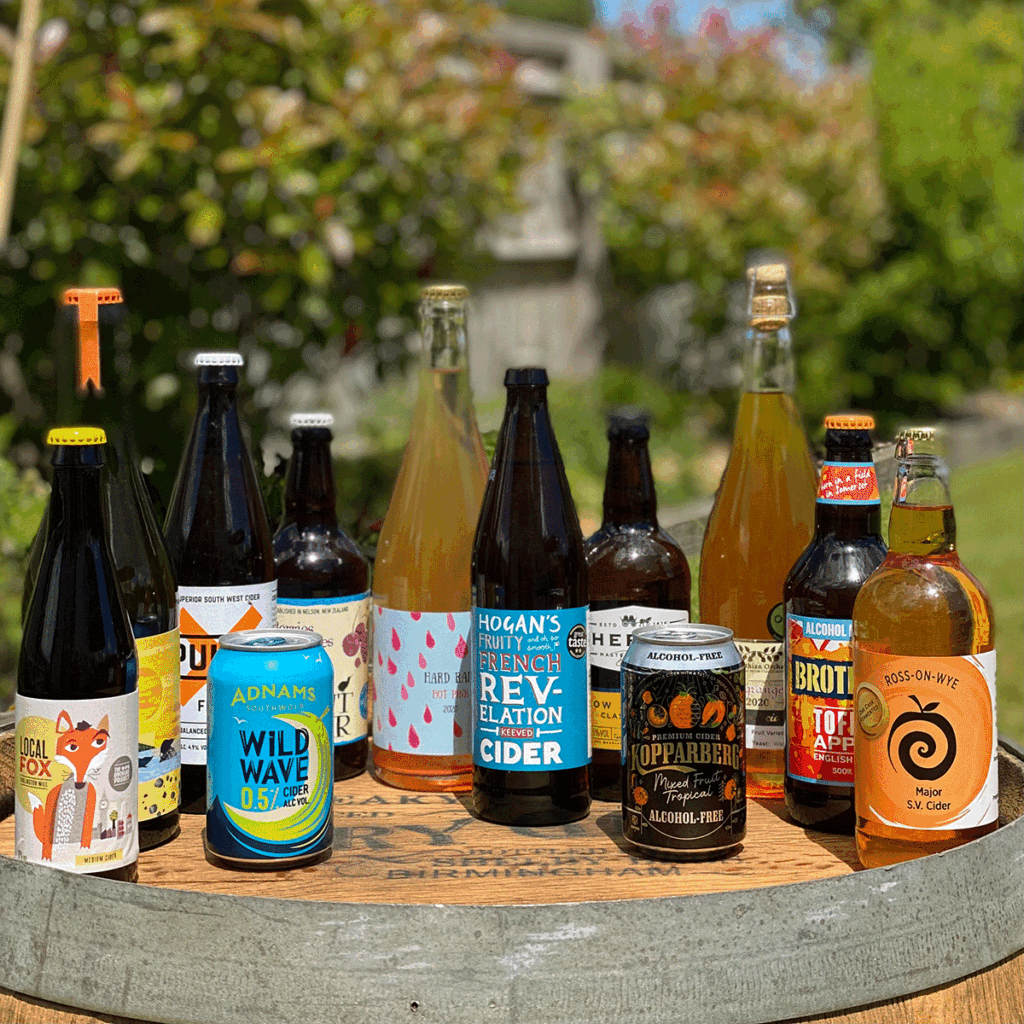
And that is exactly what it is – mainstream (well, mainstream cider actually)
Most mainstream ciders are the result of either this technique or are made with juice from concentrate. But this label of mainstream cider doesn’t mean the cider is better or worse than craft cider! Mainstream cider is just that: mainstream. So don’t get snobby or cider-posh about other people’s choices! The cider world is open and inclusive and there is a cider for every occasion and everyone! Come on cider peeps, let’s show the beer world that we are better and get along 😊
As I mentioned the potentially dreaded word concentrate and you want to know more, have a look at an earlier post from October ‘21 called A Place and Time for Cider.
So, makers of mainstream ciders may chaptalise their cider, they may use juice made from concentrate and they may present as consistent from batch to batch, i.e., bottle to bottle and pint to pint.
I use mainstream as in the easily available, widely shared and often consider as the normal definition. Think of yer Strongbow, Magners, Westons, Aspall Cyder, Bulmers, and Thatchers. Another slightly lesser-known example is Orchard Thieves Cider which is part of Heineken’s vast portfolio[xiv], alongside Strongbow, Magners, Bulmers, Old Mout, Scrumpy Jack, Woodpecker, Symonds Founders Reserve and Inch’s. Yup, the cider may be different, but the Dutch multinational brewing company, founded in 1864 by Gerard Adriaan Heineken owns it all[xv].
So, is mainstream cider industrial cider and not craft cider then? Well, it can be either (or none) – as there are (currently) no laws dictating what is what, your next cider may be considered craft by some, industrial by others and perhaps mainstream by others yet again.
Aspall Cyder, owned by yet another multinational brewing company, Molson Coors, evokes something akin to craft, doesn’t it? Not only do the use a y instead of an i (how quaint!), but it also presents itself as something closer to a fine cider than your “after work pint”. Truth is, cyder has been used alongside cider for generations, and neither one is older than the other, or stands for something other than fermented apple juice – sorry to burst the bubble. But nonetheless, it works! And consumers like it (me included!).
So, does commercial equal industrial? Again, it may or may not be as depends pretty much on your own understanding and thoughts on the subject.
Another potential indicator of what might be considered is also found on the ingredients list and has briefly been mentioned: water content.
One school of thought is, that cider should not contain any added water – the fruit juice should be enough. Whilst others will need to add water back into the mix, as they may use previously mentioned techniques.
The folks at Campaign for Real Ale (CAMRA) – love ‘em or hate ‘em – define real cider as
[…] being fermented from the whole juice of fresh pressed apples or pears, without the use of concentrated or chaptalised juices […][xvi]
Ok, gotcha #NotFromConcentrate and #FullJuice only, and no back-filling with water.
One of CAMRA’s current campaigns centres around the minimum juice content of a cider[xvii]– the amount of fresh juice a drink needs to have to be classed as cider in the UK. The current legal requirement is that a beverage contains at least 35% juice to be classed as cider.
CAMRA took to Twitter on the 7th of June 2022 to announce that 18 UK cider makers had signed their open letter to raise the minimum content to support makers of high-quality ciders[xviii].
On the other hand, one famous cider producer from Europe’s North proudly advertised the use of spring water in their ciders to encapsulate “the beautiful spirit of Sweden” in their drinks[xix].
Their website states that
[…] by combining the purest Swedish spring water with wild and exotic fruits [… they] create a refreshing cider with a distinctively Swedish balance […][xx]
That sounds suspiciously like craft cider… so who is craft, who is commercial, and who is just crap?
Returning to The Craft Beer Scene for a moment, should or could we accept their gospel into the cider world?
Anything that is against the grain is almost at once considered craft. Anything authentic, as in of undisputed origin and not a copy or genuine, is equally craft.
With the US craft beer movement rearing its head in the 1960s, the scene has literally swept across the globe, for the better and the worse. The haze bomb, the crispy boi, the juicy banger, and the dank grand cru mingle with a crisp Pils, a Flemish Red Ale and Best Bitter.
Even though we may accept that a traditionally brewed ale may not be considered a craft beer, we also accept that a craft beer may well be traditionally brewed.
Again, anything that is genuine is craft, whilst those big beer giants only pump out commercial, readily reproduced slosh.
Ha, did you catch the commercial there? Yeah, here it is used to mean an inferior liquid of low or no real value to the consumer, not the money-has-changed-hands definition. Oh, the beauty of the English language 😉
I like to think that the craft beer scene really took hold in the US because they were almost free from the shackles of tradition and heritage. On the other hand, Germany and England for example, have developed and grown within their own respective traditional beer scenes and styles. German brewers brewed those crisp and clean cold ones, whilst English brewers created most amazing hoppy beers with the raw ingredients they had on hand.
American pale lagers, in contrast, are the result of brewers having the right recipe, but not the right ingredients. Are US lagers therefore considered more craft than a Czech Pilsner? See?! It can get complicated if you want it to be.
And, do we want to invite this into the cider world, or is it already here? Is the terminology already so ingrained in us, that we cannot detach from it?
We kinda accept that some cider is seen as craft, some as traditional, some as real, other as proper, artisanal or mainstream. And I guess we can include commercial here as well, can’t we?!
One more question comes to mind: Does the definition of a liquid include how it is served or how it perceived to be enjoyed?
I guess it comes down to the individual drinker, maker, seller, marketer and designer as to what they want their liquid to be.
Is it more sophisticated to be seen sipping a floral S.V. craft perry fermented with champagne yeast over enjoying a wild fermented still scrumpy, if they are both served in flutes? How about drinking pints of said perry and scrumpy – what feels suave? What feels easy going? What is craft, commercial or just crap here?
Does our my obsession with glassware come from our my enjoyment of beer? Does it matter what glass a liquid is served in? Does cider even have this innermost idée fixe of the correct drinking vessel?
Yes and no – but before I dig deeper into this (I certainly have a passion for glassware) I’ll simply say that appearance (can) matter(s). And our eyes can, will and have perceive(d) us. Raising a handblown flute may appear more sophisticated than drinking from a beer boot, but then drinking a Hefeweizen from a mug will ruin the experience.
But what’s right or wrong in the beer world doesn’t necessarily apply to the cider world. As such, there isn’t necessarily a cider specific glass (yet), although some cider, such as Apfelwein, goes hand in hand with Gerippte’ like Haxe goes with Sauerkraut.
Cider can be, and will have been, drunk out of whatever glass, bottle, cup, mug or bowl you want to drink from. If it feels right, go for it!
And does it matter what we call the liquid in the glass, bottle, cup, mug or bowl? Does that help our enjoyment of the cider? Yeah, Nah mate!
So, raise a glass of your favourite craft, commercial or just crap cider and enjoy life!
Until next time,
Wassail xxx
[i] Too Long; Didn’t Read
[ii] Westons Cider Report 2022, International Snapshot, pp. 72-73
[iii] Collins Dictionary commercial https://www.collinsdictionary.com/dictionary/english/commercial [Accessed 06/06/2022]
[iv] Collins Dictionary craft https://www.collinsdictionary.com/dictionary/english/craft [Accessed 08/06/2022]
[v] Beer Hawk, What is Craft Beer https://www.beerhawk.co.uk/blog/post/what-is-craft-beer [Accessed 08/06/2022]
[vi] American Homebrewers Association, Beyond Beer – How to Backsweeten Mead and Cider
https://www.homebrewersassociation.org/beyond-beer/how-to-backsweeten-mead-and-cider/ [Accessed 08/06/2022]
[vii] InCider Press, Cider Glossary, Keeve https://inciderpress.co.uk/cider-glossary/ [Accessed 10/06/2022]
[viii] Permitted ingredients for Cider Duty https://www.gov.uk/guidance/permitted-ingredients-for-cider-duty#ingredients [Accessed 08/06/2022]
[ix] What do Kopparberg Ciders contain? https://kopparberg.co.uk/faqs/ [Accessed 08/06/2022]
[x] Old Mout Nutritional Values, Berries & Cherries Fruit Cider https://www.oldmoutcider.co.uk/nutrition [Accessed 08/06/2022]
[xi] Bulmers, Bulmers Original https://www.bulmers.co.uk/nutritional-values [Accessed 08/06/2022]
[xii] Real Cider Reviews, Hogan’s Medium Cider by Hugh McKellar https://www.realciderreviews.com/british/hogans-medium-cider/ [Accessed 08/06/2022]
[xiii] Bath Road beers Cheltenham, Ross on Wye – Dabinett SV https://bathrdbeers.co.uk/product/ross-on-wye-dabinett-sv/ [Accessed 08/06/2022]
[xiv] Heineken, Beer & Cider https://www.heineken.co.uk/cider-and-beer/ [Accessed 07/06/2022]
[xv] Is now the time to mention that Ik spreek een beetje Nederlands?
[xvi]Campaign for Real Ale, Cider – Real Cider and Perry is #NotFromConcentrate https://camra.org.uk/beer-and-cider/cider/promoting-real-cider-and-perry/ [Accessed 08/06/2022]
[xvii] CAMRA Press Release 20/05/2022 Cider makers call for change https://camra.org.uk/press_release/cider-makers-call-for-change/ [Accessed 08/06/2022]
[xviii] Twitter, @CAMRA_Official [Accessed 08/06/2022]
[xix] Rekorderlig Cider, About Us https://www.rekorderlig.com/about-us [Accessed 08/06/2022]
[xx] ibid.
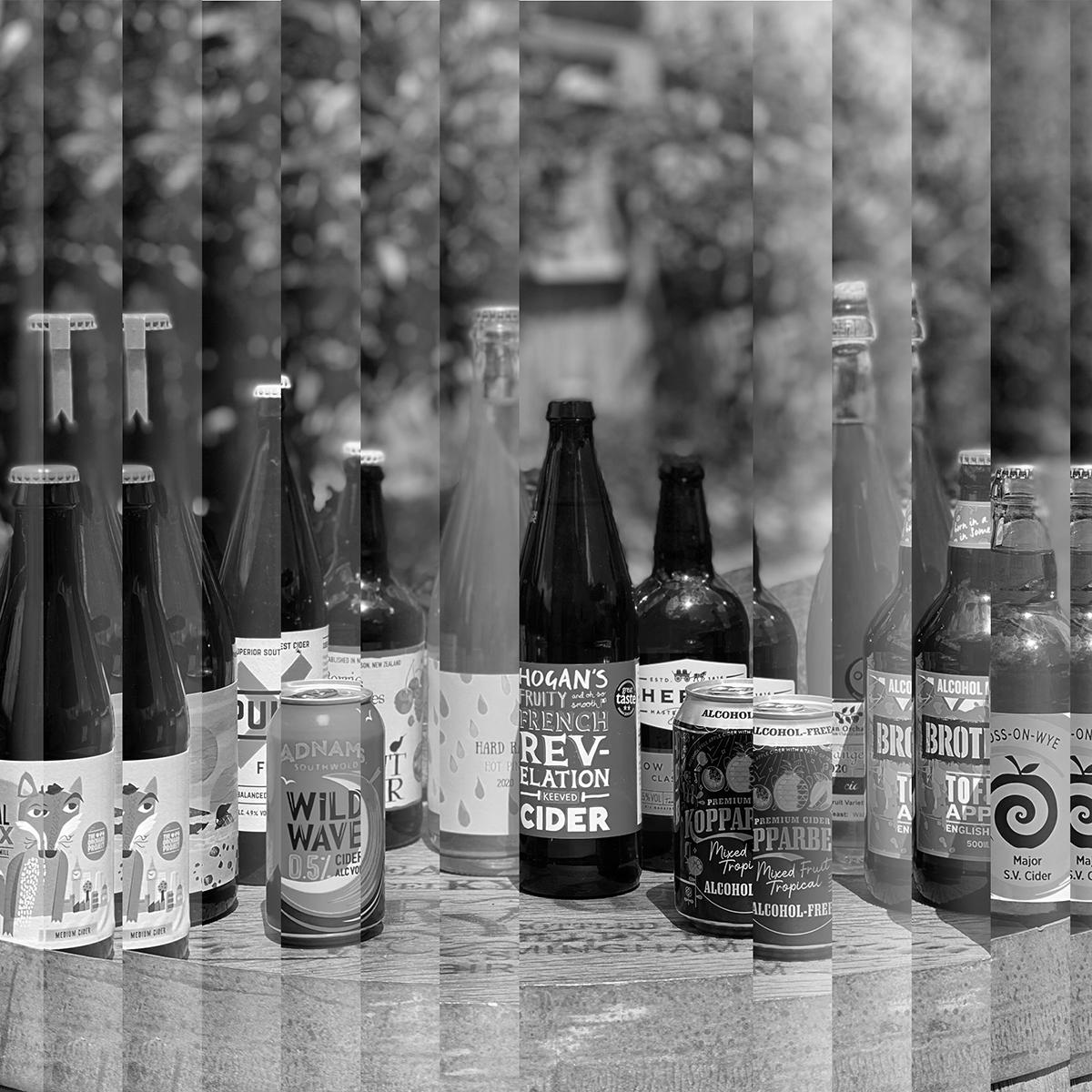
Leave a Reply